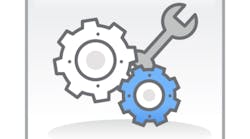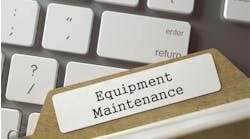Consider implementing this method if you suspect you've got repeat repair jobs.
For it to work, you need a computerized maintenance management system (CMMS) and precise failure (cause) codes. Be sure to have an “other” code so people aren't forced to pick a wrong one to complete the form.
Each time a repair is performed on a given asset, your CMMS will be updated with relevant information, including failure code, asset number, tech ID, date, and start/stop times.
If you've set up your asset information correctly, your CMMS can generate a report by asset type because that information is recorded under the asset number.
Let's say it seems you've replaced far too many fan belt motors over the past year. Have the CMMS generate a report by asset type fan belt and show asset number, date, duration, and tech.
Export the report to a spreadsheet. Sort by some significant variable from low to high. If you sort by asset number, do you see assets that stand out?
Perhaps a tech or two does the repair incorrectly (improper tightening, wrong belt dressing). Sorting by tech will tell you only which techs did the most repairs. If you sort again by duration and then by date, you may see a correlation between repair speed and failure rates.




